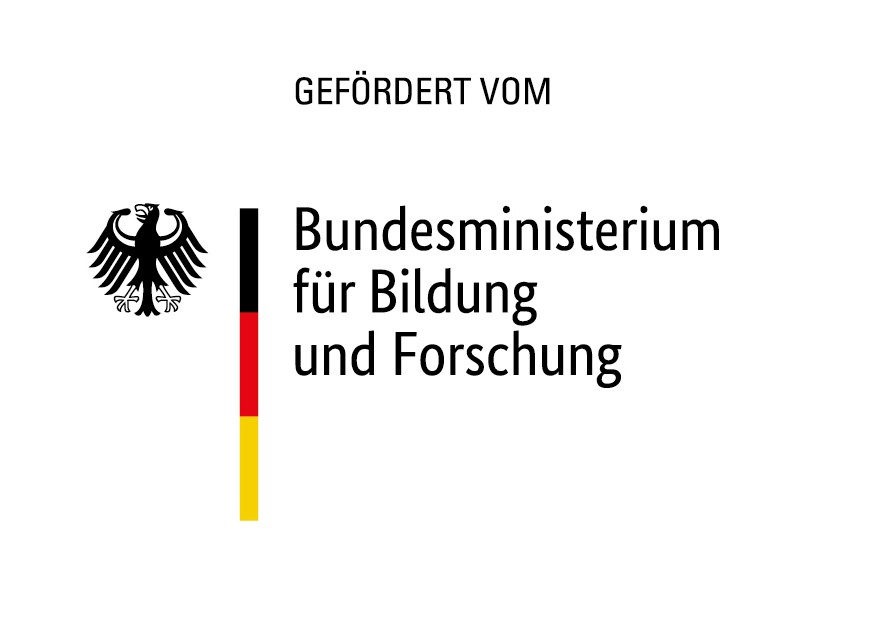Landscape and Atmosphere
Landscape and Atmosphere - Conceptualisation of an integrative perspective on the perception of (periurban) space(s)
With a constructivist approach to landscape research on the one hand and atmospheric research on the other, two approaches have developed largely independently of each other, each with a specific focus, which allow us to trace the constructional character and perception of spaces. The former perspective focuses on the analysis of social construction processes around landscape, i.e. primarily on the (partially) societal level. The latter - atmosphere research - on the other hand is interested in a subject-oriented approach to the multisensory experience of space in immediate situations.
Recently, both sides have begun to converge regarding these research perspectives: Constructivist landscape research has recently begun to pursue a biographical direction, i.e. starting from the individual. With this orientation, the examination of the individual experience of landscapes and its significance for the emergence of landscape representations gains importance. At the same time, the insight is growing in atmospheric research that, in the analysis of situational spatial experience, the associated construction processes of these spaces must increasingly be taken into account, both as a possible influencing factor on spatial experience and as its result.
Against the background outlined above, the present project aims to systematically further develop the nascent mutual approach between constructivist landscape research (Germany) and atmospheric research (France) with the aim of developing an integrative perspective. In this way, a basis is to be created for a more differentiated documentation and analysis of spatial perceptions, which have become more important in the course of recent upheavals and the aestheticization of everyday life, in an intersection of macro- and micro-perspective approaches. In concrete terms, the focus is empirically on peri-urban space, in which, in the course of a pronounced influx and redensification in favour of a sustainable city, physical foundations are being transformed, which may in turn alter in-situ spatial experiences.

- Team Members from Saarland University: Prof. Dr. Florian Weber and Nora Crossey
- Team Members from ENSA Grenoble | UMR Ambiances - Architectures - Urbanités/CRESSON: Dr. Rainer Kazig and Dr. Pascaline Thiollière
- Project duration: 2020-2021
- Funded by: the Federal Ministry of Education and Research

